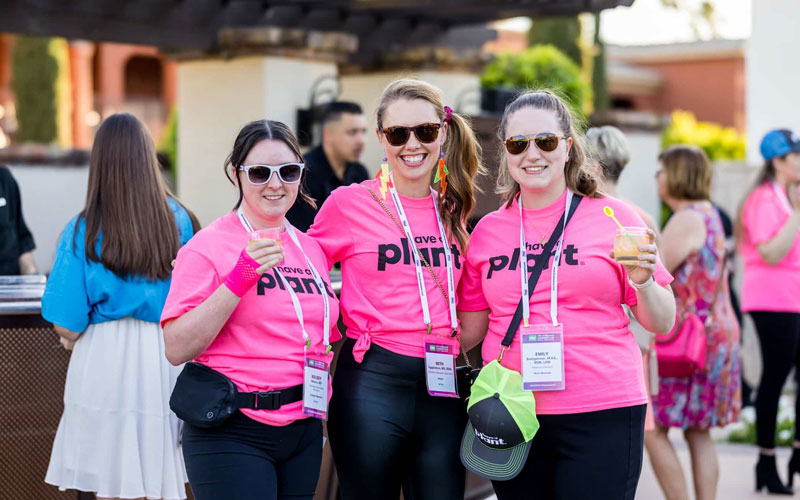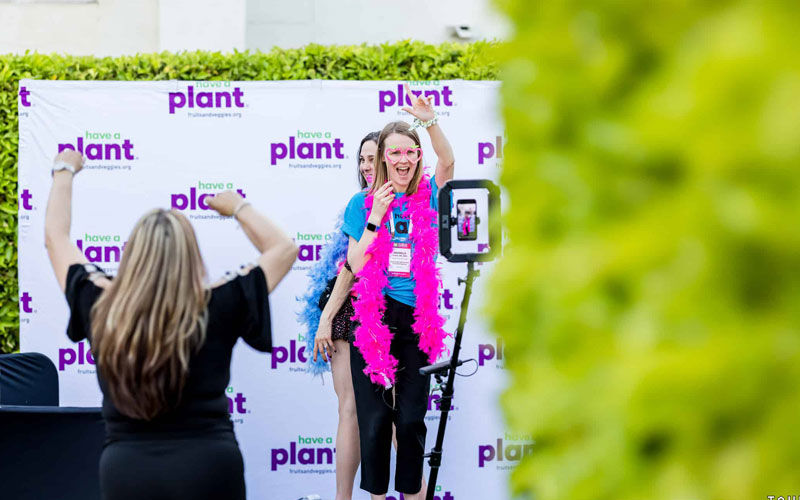In the realm of corporate communication, video has emerged as a dynamic and engaging medium to convey messages, tell stories, and connect with audiences. Among the various types of corporate videos, event videos stand out as a powerful tool for capturing the essence of an event while conveying a meaningful narrative. Crafting compelling narratives within these videos can elevate your content from mere documentation to a captivating story that resonates with your audience. In this blog post, we will delve into the art of creating compelling narratives in corporate event videos and provide you with valuable insights to make your videos truly stand out.
The Power of Narrative
At its core, a narrative is a structured sequence of events that conveys a message or explores a theme. Narratives have the power to engage emotions, create connections, and leave lasting impressions. In the context of corporate event videos, a well-crafted narrative can turn a simple recording into a captivating story that captures the spirit of the event and communicates the underlying messages effectively.
Identify the Core Message – Every successful narrative begins with a clear and concise message. Before you start planning your event video, define the core message you want to convey. Are you showcasing a product launch, highlighting a company milestone, or emphasizing a particular aspect of your business? Identifying the central theme will serve as the foundation for your narrative.

Structure Your Narrative – A well-structured narrative follows a logical progression. Begin with an introduction that sets the context and establishes the event’s significance. Then, build tension and anticipation as you move through the various segments of the event. Finally, conclude with a resolution that ties together the key takeaways and messages.
Embrace Storytelling Techniques – Effective storytelling techniques can add depth and dimension to your narrative. Consider incorporating elements like conflict, resolution, character development, and emotional arcs. Highlight challenges overcome, pivotal moments, and the journey that unfolds during the event.

Capture Authentic Moments – While planning is crucial, don’t shy away from capturing spontaneous and authentic moments. Candid interactions, reactions, and behind-the-scenes glimpses can infuse your narrative with a sense of realism and relatability.
Create a Visual Flow – Visual elements play a significant role in narrative creation. Use a mix of shots – wide, medium, and close-ups – to establish context, highlight emotions, and capture details. Consider the pacing of your shots to match the rhythm of your narrative.
Leverage Emotion – Emotions are the heart of any narrative. Use visuals, music, and storytelling techniques to evoke emotions that resonate with your audience. Whether it’s excitement, inspiration, or empathy, a well-executed emotional appeal can make your narrative memorable.
Incorporate Branding – Integrate your brand identity seamlessly into the narrative. Use consistent branding elements such as colors, logos, and slogans to reinforce brand recognition. However, ensure that branding doesn’t overshadow the core message or human stories.

Keep it Concise – While narratives add depth, it’s important to keep your event video concise. Focus on the most relevant and impactful moments that contribute to your core message. Avoid overwhelming your viewers with unnecessary details.
Call to Action – Incorporate a clear call to action (CTA) at the end of your video. Whether it’s encouraging viewers to visit your website, subscribe to your newsletter, or follow you on social media, guide them towards the next steps.
Editing Mastery – The editing process is where your raw footage transforms into a polished narrative. Trim any excess content, refine transitions, and ensure a seamless flow between segments. Keep the pacing engaging, holding the viewer’s attention from start to finish.
Seek Feedback – Before finalizing your narrative, share the video with a small group for feedback. Fresh perspectives can help identify strengths and areas for improvement that you might have missed.
Analyze and Learn – Once your corporate event video is released, monitor its performance metrics. Keep track of viewer engagement, comments, and shares. Use this data to understand what elements of your narrative resonated most with your audience.
In conclusion, crafting compelling narratives within corporate event videos is a blend of art and strategy. By identifying core messages, embracing storytelling techniques, focusing on human stories, and paying attention to visuals and emotion, you can create videos that not only document events but also captivate and connect with your audience. Remember, a well-executed narrative has the power to leave a lasting impression and strengthen your brand’s impact in the corporate world.





